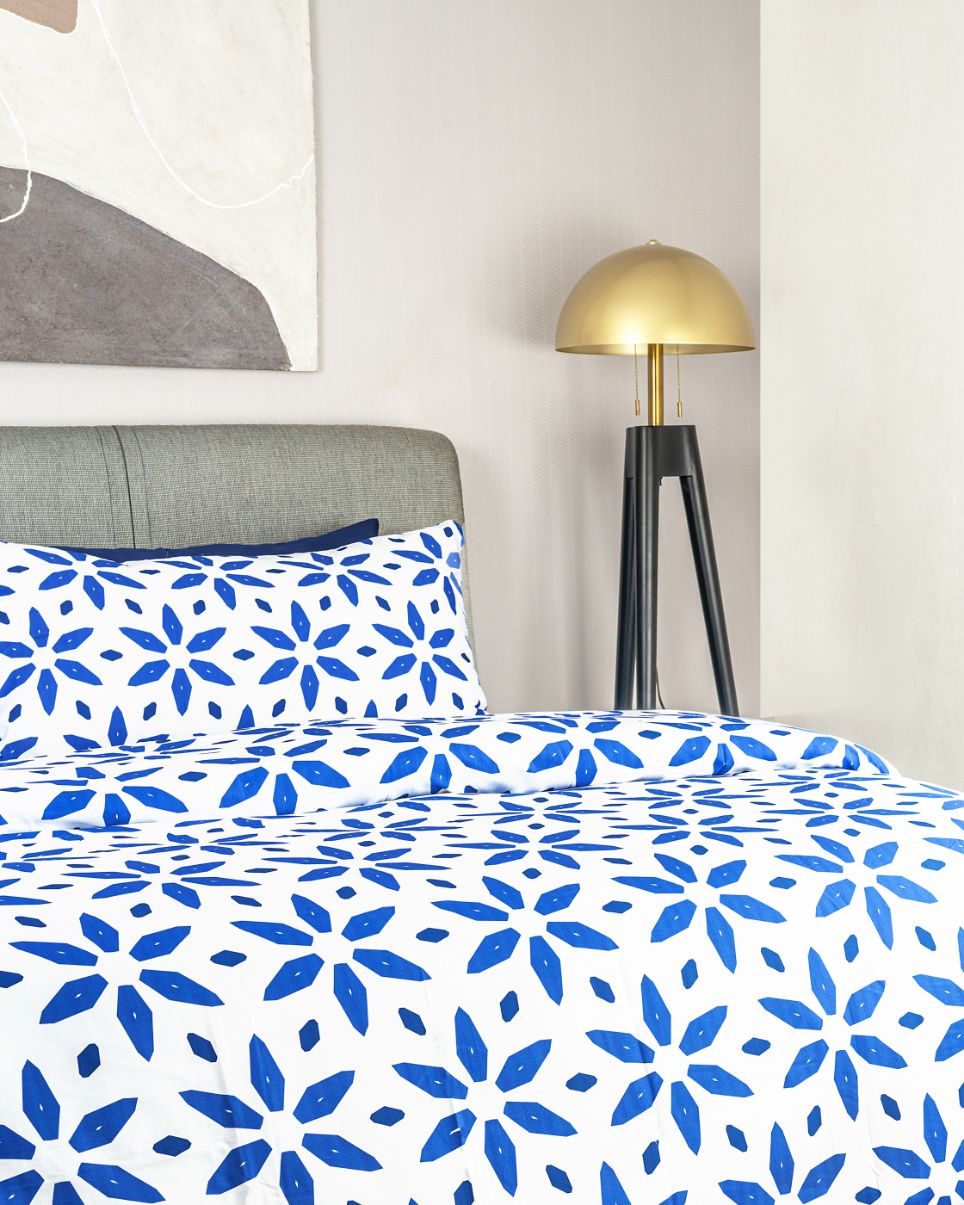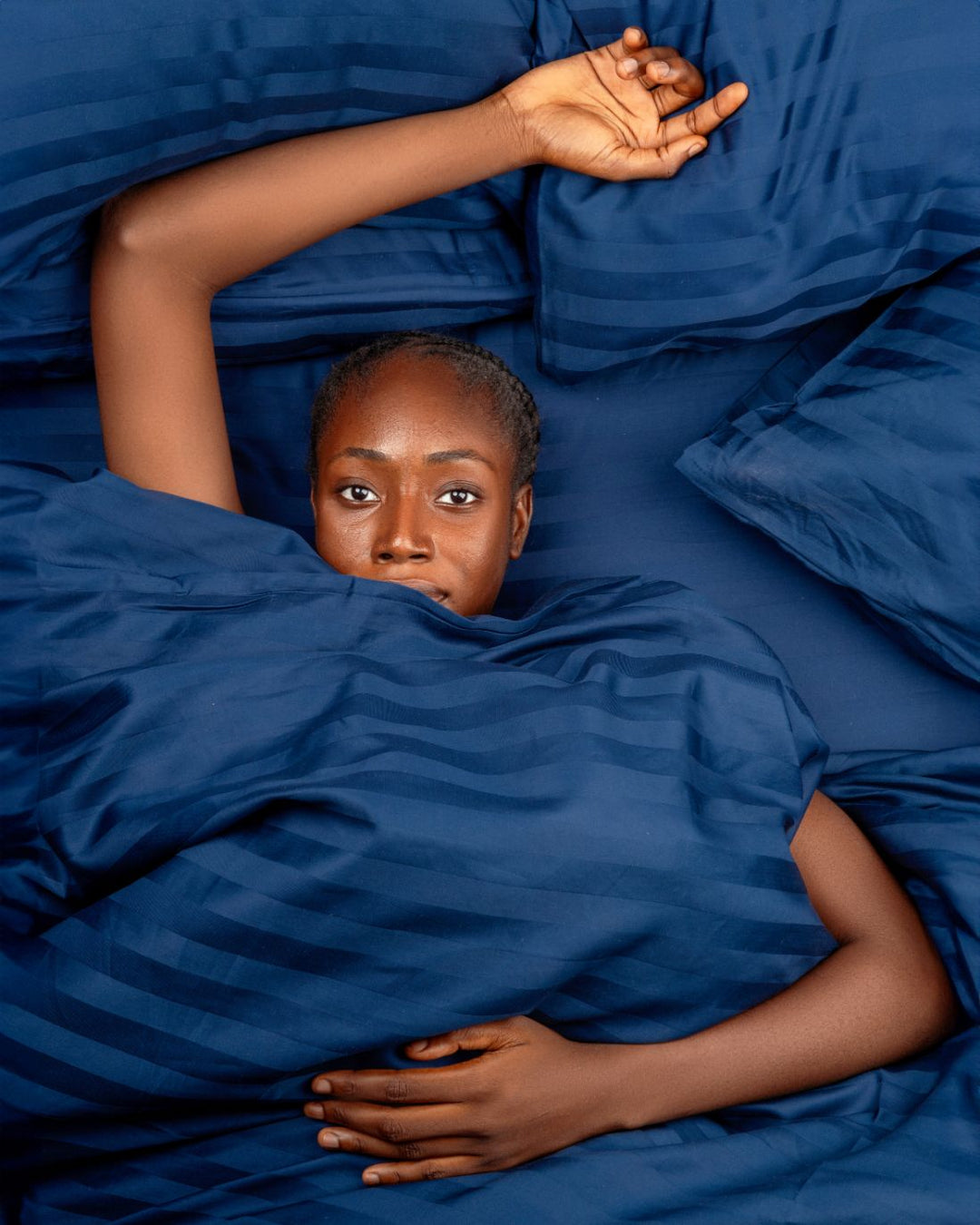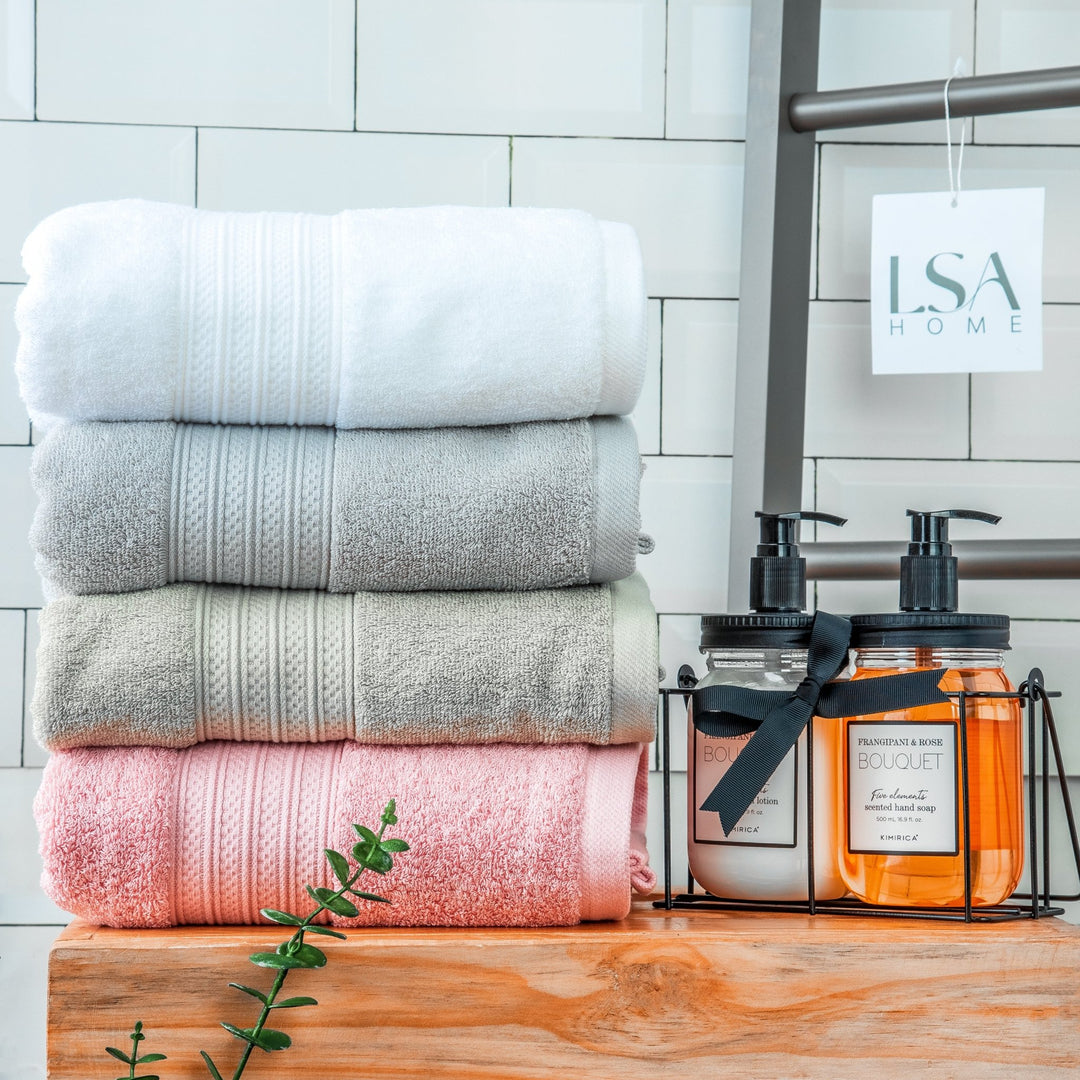When it comes to choosing bedding, the decision between down and down alternative bedding can be a perplexing one.
Both options offer their own set of advantages and considerations.
In this article, we will delve into the world of down and down alternative, exploring their characteristics, pros, and common uses. By the end, you'll have a clearer understanding of which option suits your needs best.
Down
Down is a natural insulating material that comes from the soft, fluffy feathers found beneath the outer feathers of ducks and geese. It is highly regarded for its exceptional warmth and lightweight feel.
Down clusters have a three-dimensional structure that traps air, providing excellent insulation. This makes down an ideal choice for cold climates and winter gear.
One of the key advantages of down is its unparalleled warmth-to-weight ratio. It offers exceptional insulation without feeling heavy or bulky.
Additionally, down products tend to have a longer lifespan compared to their synthetic counterparts. However, down does have some drawbacks, it may not be suitable for individuals with allergies or sensitivities to feathers.
Down is commonly used in a variety of products, including comforters, duvets, pillows, and jackets. Its ability to provide warmth and comfort makes it a popular choice for those seeking cozy bedding or reliable insulation in outdoor gear.
Down Alternative
For those who prefer a cruelty-free or hypoallergenic option, down alternative is a viable alternative to traditional down. Down alternative is typically made from synthetic materials such as polyester fibers or microfiber clusters. These materials are designed to mimic the loft and insulating properties of down.
One of the main advantages of down alternatives is its affordability. It is generally more budget-friendly compared to genuine down. Additionally, down alternative is an excellent choice for individuals with allergies or sensitivities, as it does not contain any animal products.
However, it may not provide the same level of warmth and breathability as natural down.
Down alternative is commonly used in bedding, such as comforters and pillows, as well as in jackets and other outerwear. Its versatility and accessibility have made it a popular choice for those seeking a cruelty-free or hypoallergenic option.
Comparison
Warmth and Insulation:
When it comes to warmth and insulation, down is often considered the gold standard. Its natural loft and ability to trap air make it highly effective at retaining body heat. Down clusters have a higher fill power, which refers to the amount of space one ounce of down occupies. The higher the fill power, the better the insulation. This means that down products can provide exceptional warmth even with less material.
On the other hand, down alternative insulation relies on synthetic materials that attempt to mimic the insulating properties of down. While down alternative can still provide warmth, it may not match the same level of insulation as natural down. However, advancements in technology have led to the development of high-quality down alternative materials that come close to the warmth of down.
Allergies and Sensitivities:
For individuals with allergies or sensitivities to feathers, down alternative is often the preferred choice. Down alternative products are hypoallergenic since they do not contain any animal products. This makes them suitable for those who experience allergic reactions or discomfort when exposed to down.
In contrast, down may cause issues for individuals with feather allergies or sensitivities. Some people may experience symptoms such as sneezing, itching, or respiratory problems when in contact with down products. It's important to consider personal sensitivities before choosing between down and down alternative.
Conclusion
In the end, the choice between down and down alternative beddings comes down to personal preference and individual needs. If you prioritize exceptional warmth, lightweight feel, and are not sensitive to feathers, down may be the ideal choice for you. On the other hand, if you have allergies or prefer a cruelty-free option, down alternative provides a suitable alternative at a more affordable price point.
Consider factors such as warmth, allergies, cost, and sustainability when making your decision. Ultimately, the perfect choice will depend on your specific requirements and values.
Whether you opt for the natural luxury of down or the synthetic practicality of down alternative, both options offer their own unique benefits.






Leave a comment